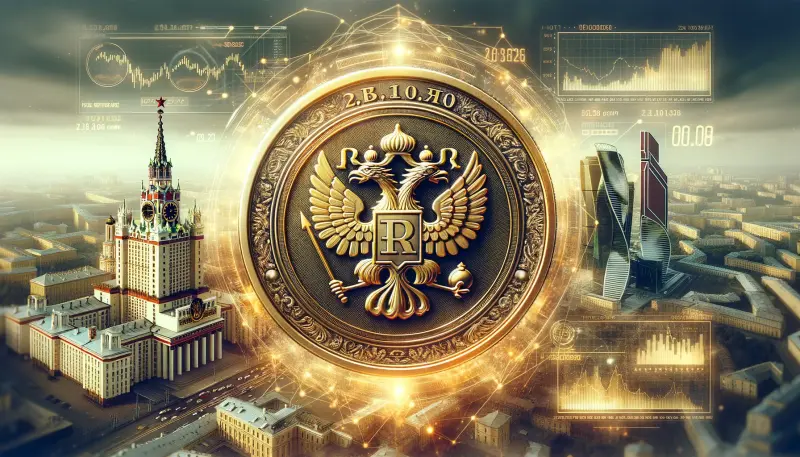
In a striking move towards de-dollarization, Russia has unveiled a bold plan to launch a digital version of its currency, the Ruble, valued at a staggering $236 billion. The development could have far-reaching consequences for the global financial system, especially as countries around the world look for ways to reduce their reliance on the U.S. dollar.
The Push for De-Dollarization
The idea of de-dollarization, or moving away from the use of the U.S. dollar in international trade and finance, has been gaining momentum in recent years. Russia, alongside China, Iran, and other nations, has been increasingly vocal about reducing its dependency on the dollar, which has long dominated global trade and reserves. This is partly in response to the geopolitical tensions that have led to U.S. sanctions and financial restrictions.
The Russian government’s digital ruble initiative is seen as a direct challenge to the dollar’s supremacy, offering a new means of conducting international transactions. By using blockchain technology, the digital ruble aims to provide faster, more secure, and cheaper payment solutions compared to traditional currency systems.
The $236 Billion Vision
The Russian central bank’s $236 billion digital ruble project is designed to address several key areas of concern, both domestically and globally. Firstly, it aims to facilitate easier cross-border transactions without relying on intermediary financial institutions, such as banks or payment processors. This could significantly lower transaction costs and speed up payments.
Russia’s vision also extends to enhancing financial sovereignty. By controlling its digital currency, Russia would have more control over monetary policy and its financial ecosystem. This is particularly important as the country seeks to limit its exposure to external pressures from the U.S. and European Union.
The central bank has already begun testing the digital ruble in a limited capacity, and it plans to roll out the full-scale program in the coming months. The project’s massive scale is set to transform how financial transactions are conducted in Russia and could set a precedent for other nations considering their own digital currencies.
Global Implications
The implications of Russia’s digital ruble extend beyond its own borders. If successful, it could spark a ripple effect across the global financial system, encouraging other nations to explore digital currencies as a way to bypass the U.S. dollar’s dominance. For countries facing sanctions or seeking greater economic autonomy, the digital ruble could offer an attractive alternative.
Additionally, the rise of digital currencies could push for a shift in the way global financial institutions operate, including the International Monetary Fund (IMF) and the World Bank. Central bank digital currencies (CBDCs) could become the new norm for global trade, which might challenge the current status quo of dollar-based transactions.
What’s Next?
As Russia’s $236 billion digital ruble plan unfolds, the global financial community will be watching closely. While the idea of a digital currency is not new—China has already launched its digital yuan—the scale of Russia’s initiative is unprecedented. Success would potentially signal a tipping point in the de-dollarization movement, and countries across the world may follow suit.
For now, Russia’s ambitious digital ruble project remains a work in progress. Its success or failure could reshape global finance in profound ways, heralding the dawn of a new digital era for currency systems worldwide.
As the world braces for the potential changes to the global financial landscape, one thing is clear: the age of the dollar may be facing a new, formidable challenger.




